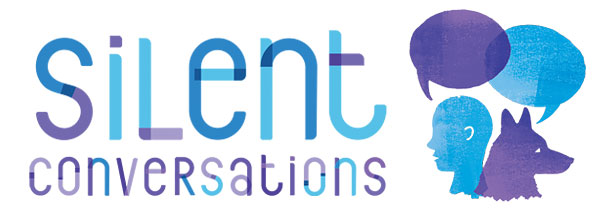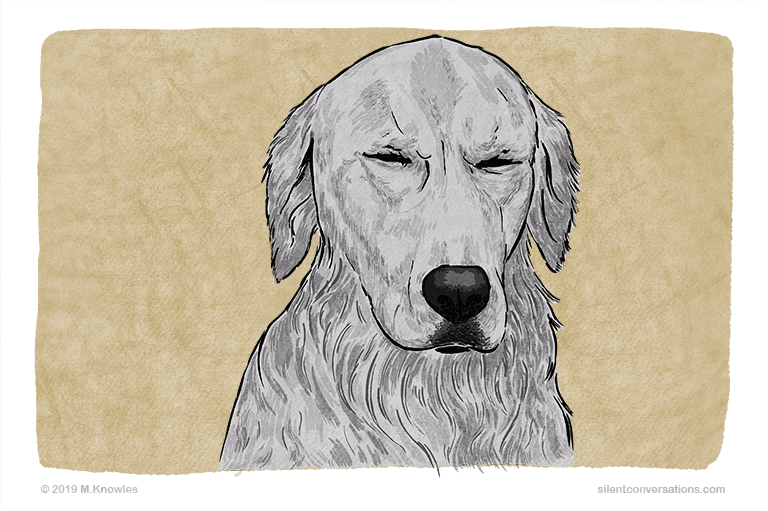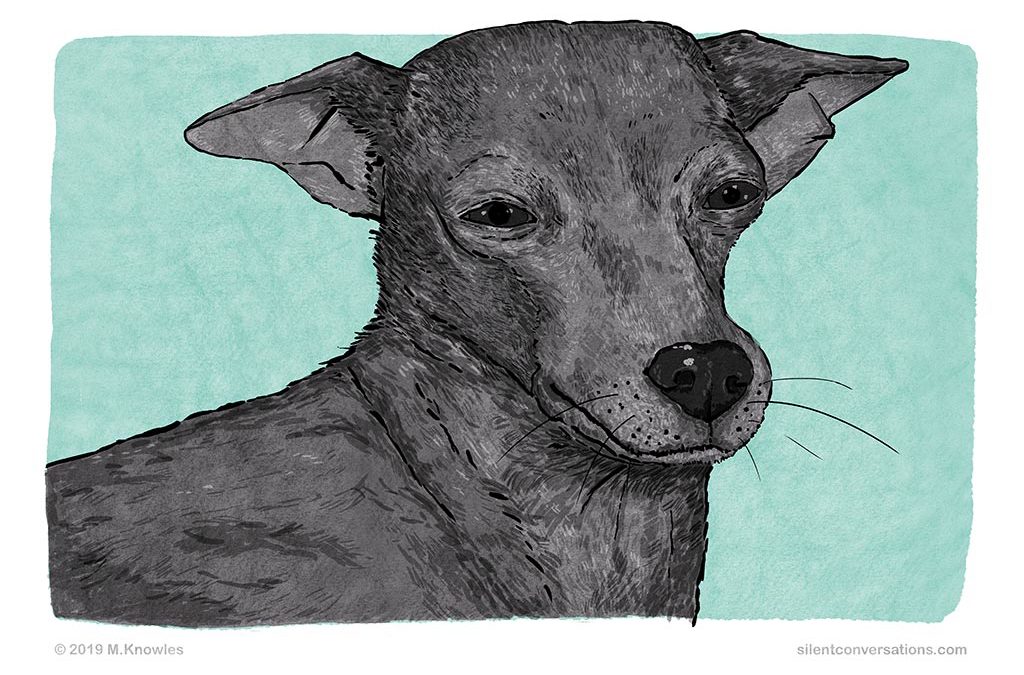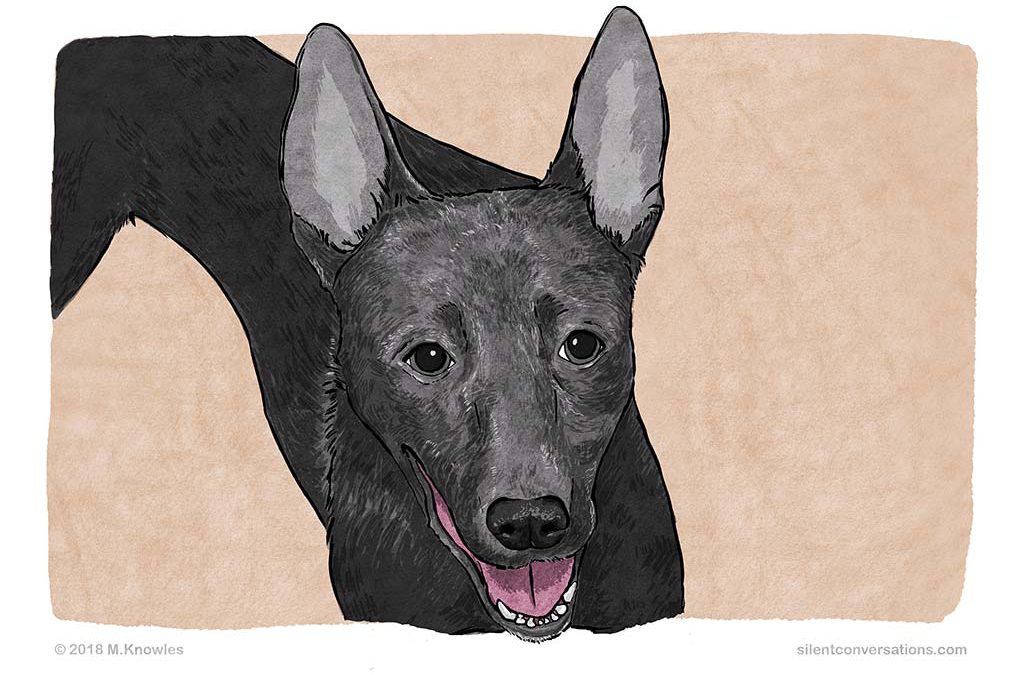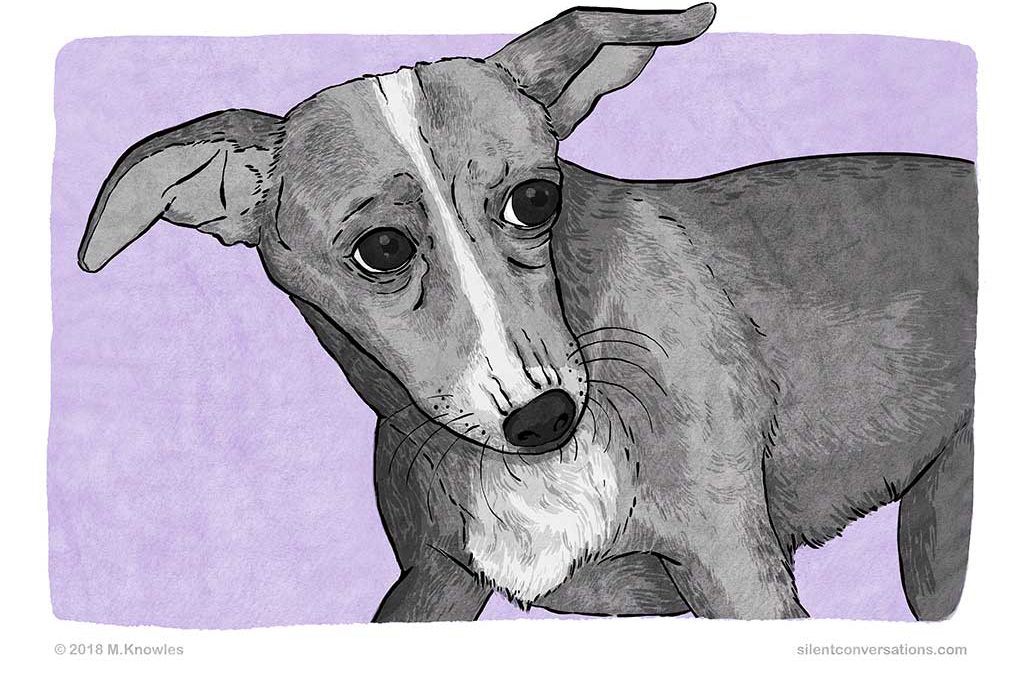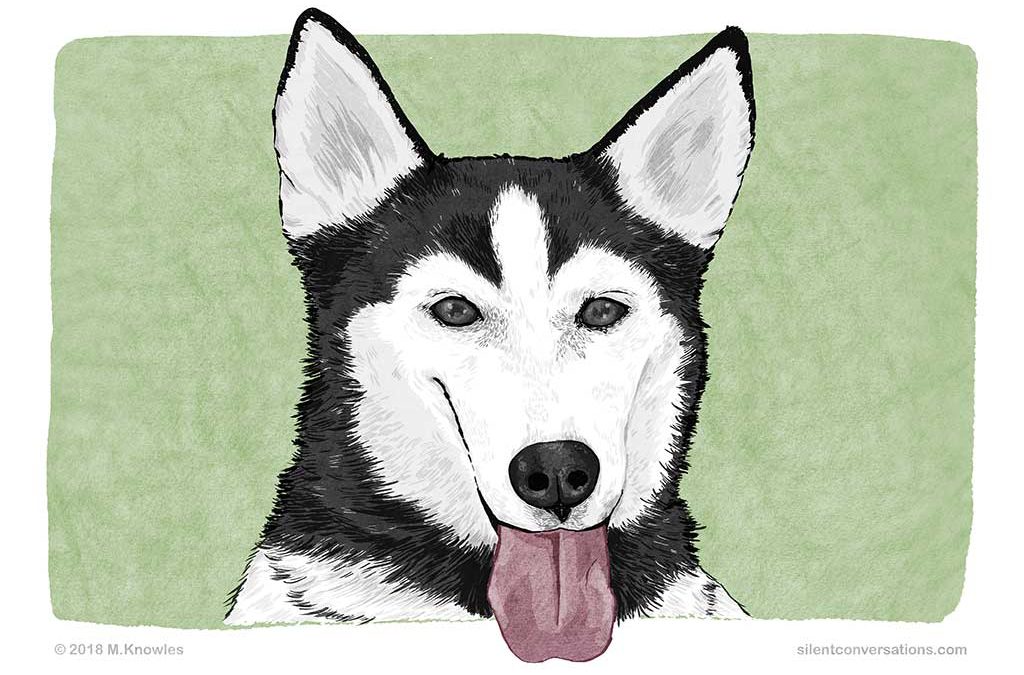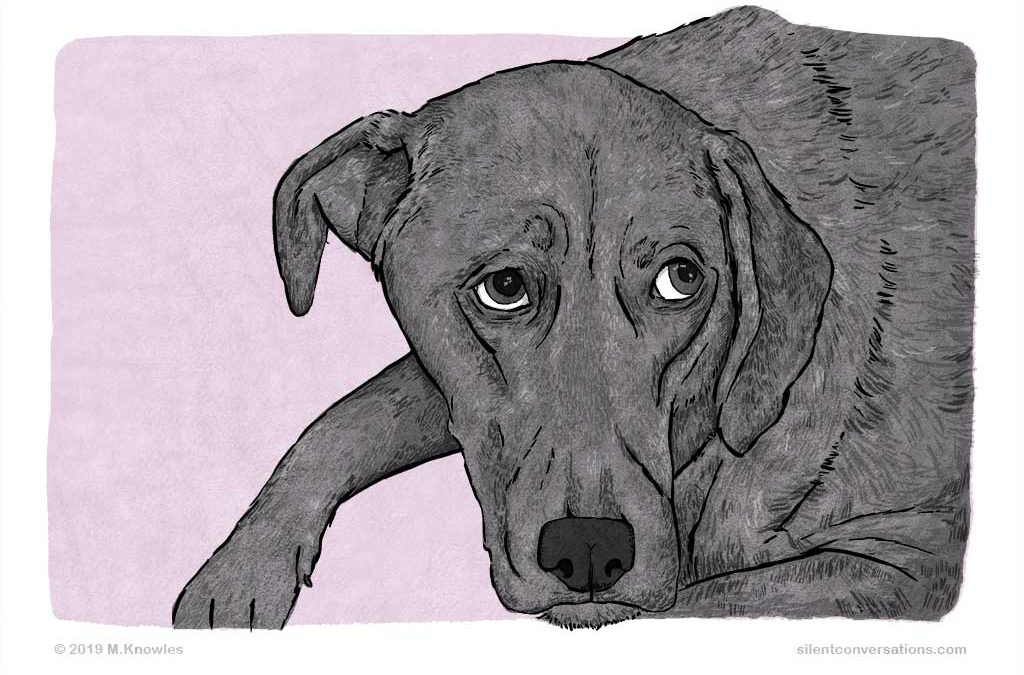
Eyes – Whale Eye – Dog Body Language
Eyes – Whale Eye – Dog Body Language
‘Whale eye’ is a term used to describe dog body language referring to the dog’s eyes. This is when the whites of the eye (know as sclera) become pronounced. Whale eye is the most common term, but it can also be referred to as ‘half moon eye’.
Depending on the direction in which the dog’s eyes move, it is most likely to occur on either the inner corner or outer sides of the eye. In most cases, whale eye can be seen when the dog is experiencing some form of discomfort or anxiety.
The reason the whites of the eyes are visible is that the dog is most likely trying to avert his gaze, perhaps slightly turning his head away from what may be of concern to him, but he is also too cautious to take his eyes off the thing of concern. This action of slight head movement whilst trying to keep an eye on things causes the whites of the eyes to become evident. A fearful or aroused dog’s eyes become wider – another reason why the sclera becomes more pronounced. It is also likely in such cases that there will be muscle tension and ridges in areas of the face, pulling the eyes open wider.
If a dog is relaxed, the eyes appear slightly squinted or almond shaped. Certain dog breeds naturally have slightly bulging eyes, allowing the whites of the eyes to be visible at times, but, with such dogs, generally the amount of sclera visible is not as pronounced as true ‘whale eye’. This is why it is important not only to observe the eyes but the dog’s whole body and body language to correctly interpret what you have observed.
Whale eye should be treated with caution. Depending on the body language and context, it may mean the dog is feeling threatened, and there is a possibility the situation could escalate to a bite.
Here are a few examples of situations where ‘whale eye’ may be observed:
- In an informal outdoor restaurant area, a few people are mingling and enjoying a drink. One person has brought her dog to the event. The dog is a sweet-looking poodle and attracts some attention from the people in the party. A person is keen to greet the dog and reaches over to pet him. The dog ducks down a bit and turns his head away from the person slightly. Whale eye is visible. He freezes ever so slightly and does a lip lick as the person pets his head. After the person stops petting, the dog does a quick shake off. From the body language observed, it seems the dog is not too comfortable with this stranger leaning over to pet him.
- A dog is uncomfortable with a person approaching as she eats her food from her bowl. She perceives the approach as a threat to having her resource (the food) taken away. As the person approaches, the dog stops eating; her head dips down and turns ever so slightly in the direction of the bowl. Although her head is turned slightly towards the bowl, she keeps her eyes on the approaching person. The eyes are fixed, with a hard stare, and the whites of the eye (whale eye) are visible. Her body stiffens and freezes in place. Her ears are pushed forward and her mouth is closed. The stance of her body seems square, with a slight forward weight over her bowl and braced legs. A few seconds later, she is still frozen, and her lip starts curling, as she lets out a growl – giving a vocal warning as well as the body language to communicate her discomfort with the approach while she is eating.
- A dog is being scolded by his guardian. The dog’s movements slow, and he pauses by standing with his body slightly curved away from his guardian. The dog’s body looks slightly lowered, with a rounded back, slightly dipped head, and tail tucked down. His mouth is closed, and his ears are pressed to the sides of his face. There seems to be a bit of tension and furrowing of the area around the eyes. His head is ever so slightly turned away from his guardian, and, as he looks up to his guardian, whale eye is visible.
These are just a few examples; there may be many more. Start observing to see if you can notice whale eye occurring in different contexts. As discussed below, interpretations such as the above examples should not be attempted without careful observation and consideration of all aspects of the situation.
A few notes to consider when observing dog body language:
Observation before interpretation
Interpretations should be offered only once you have observed the complete interaction and taken note of the wider picture. To offer an unbiased interpretation of the body language, observe and take note of the situation, taking into account the dog’s whole body, the body language signals and environment first before offering an interpretation. List all the body language you see in the order that it occurs; try to be descriptive as possible without adding any emotional language. For instance, saying a dog looks happy is not descriptive and would be seen as an interpretation rather than an observation.
You could however list what you observe: ears to the side, eyes almond shaped, slight shortening of the eye, mouth open, long lips, tongue out, body moving loosely, body facing side-on, tail wagging at a slow, even pace at body level.
From the observation I could interpret that the dog seems relaxed or comfortable. I still prefer to say relaxed rather than happy, as I feel you will truly never know exactly what the dog may be feeling on the inside emotionally. It is quite likely the dog may be feeling happy, but I prefer to comment on how the dog is behaving in response to the situation rather than presuming internal emotional states.
The importance of viewing body language within context
Interpretations can vary depending on the context. It is possible for certain body language to be used in different contexts and have subtle differences in meaning within those contexts. Individual body language signals should not be observed in isolation; the wider picture should be considered. Take note of what the dog’s body as a whole is saying. Keep in mind each dog is an individual with varying skills and experiences. What may be typical for one individual may not be for another. In order to observe body language in context, consider the following: the situation, body language signals, the body language expressed by all parts of the dog’s body, the environment, and the individuals involved. It is worth noting how the body language changes with feedback from the environment or the other individuals interacting.
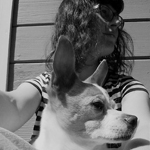
Martha Knowles
Author
My vision is to create a community of dog guardians who share their observations and interpretations of their dogs’ silent conversations. Hopefully, these experiences and stories will provide some insight into dog communication, which is often overlooked by the untrained eye because it is unfamiliar to humans. We are accustomed to communicating mainly with sound, so we are not attuned to the silent subtle gestures and body language used by dogs to communicate. If you take the time to observe, you will start to see these 'silent conversations' going on around you. My dream is for dog communication to become common knowledge with all dog guardians and as many people as possible. Surprisingly, there are still some professionals working in various dog-related careers who are uneducated about dog body language. Greater awareness of how dogs communicate will help to provide better understanding and improve the mutual relationship between dogs and humans. This will promote safer interactions between our two species and hopefully remove some of the expectations placed on dogs within human society. I would like dog guardians to feel empowered with their knowledge of dog communication so that they can be their dogs’ advocates and stand up for themselves and their dogs when it really matters.
